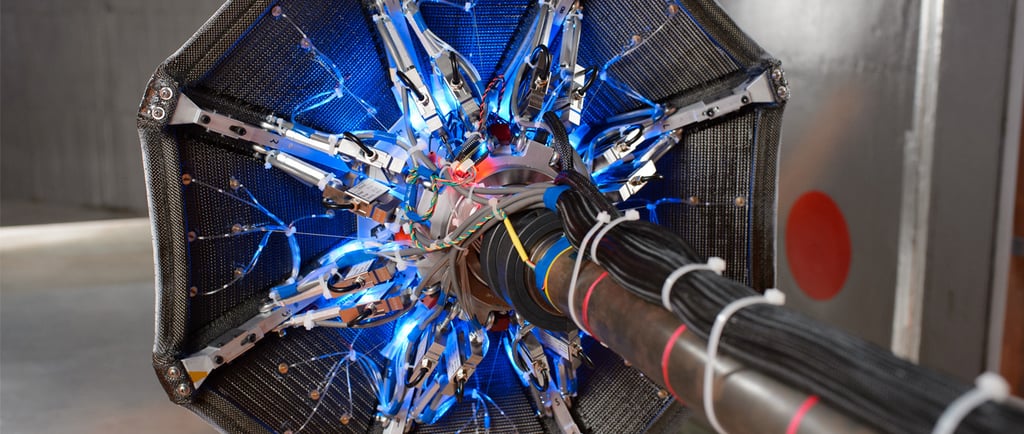Revolutionizing Aerospace: NASA KSC's Electrodynamic Dust Shield Technology


Introduction to Electrodynamic Dust Shield Technology
The challenges posed by dust accumulation on optical systems in aerospace applications are well-documented. NASA's Kennedy Space Center (KSC) has developed a pioneering solution known as the Electrodynamic Dust Shield (EDS). This innovative technology utilizes high-voltage electrodes to generate a non-uniform electric field, effectively removing dust from sensitive surfaces and preventing its accumulation.
How EDS Works: The Science Behind the Technology
The principle behind the Electrodynamic Dust Shield is fascinating. By applying a specific electric field through high-voltage electrodes, the EDS can manipulate dust particles suspended in the air. The electric field interacts with the charged particles, inducing a movement away from sensitive optical systems. The result is a cleaner operational environment that enhances the performance and longevity of these systems.
Significance of Dust Removal in Aerospace Applications
In aerospace, maintaining the integrity of optical systems is critical. Dust accumulation can lead to serious issues such as reduced visibility, impaired functionality, and even catastrophic failures. The EDS technology not only mitigates these risks but also ensures that instruments like cameras, sensors, and telescopes maintain their effectiveness. This advancement represents a significant leap forward for missions involving delicate operations in environments previously thought to be unforgiving to optical practicality.
Not only does this technology promise operational efficiency, but it also opens the door for improved data collection and analysis as dust interference becomes a non-issue. Furthermore, adopting such advanced technologies ties into NASA’s broader strategy of ensuring reliability and precision in space exploration.
Conclusion: Looking Ahead
The development of NASA KSC's Electrodynamic Dust Shield technology is a game-changer for the aerospace industry. As we continue to push the boundaries of exploration and technology, innovations like EDS will play a crucial role in safeguarding the functionality of our optical systems. The implications of this technology extend beyond immediate benefits; they promise a future where space missions can be executed with unparalleled precision and reliability. As research and testing continue, we anticipate seeing further enhancements and refinements that could revolutionize various fields reliant on optical systems.
